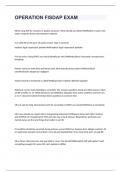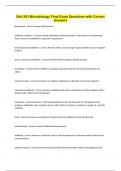Samenvatting
Summary of Strategic Management (Book, articles and lectures)
- Instelling
- Universiteit Van Amsterdam (UvA)
- Boek
- Strategic Management
Summary of Strategic Management (Book, articles and lectures): - Volberda, H.W., Morgan, R.E., Reinmoeller, P., Hitt, M.A., Ireland, R.D., Hoskisson, R.E. (2011). Strategic Management: Competitiveness & Globalisation: Concepts Only, 1st Edition. Cengage Learning Emea, first edition, 9221 - variou...
[Meer zien]














